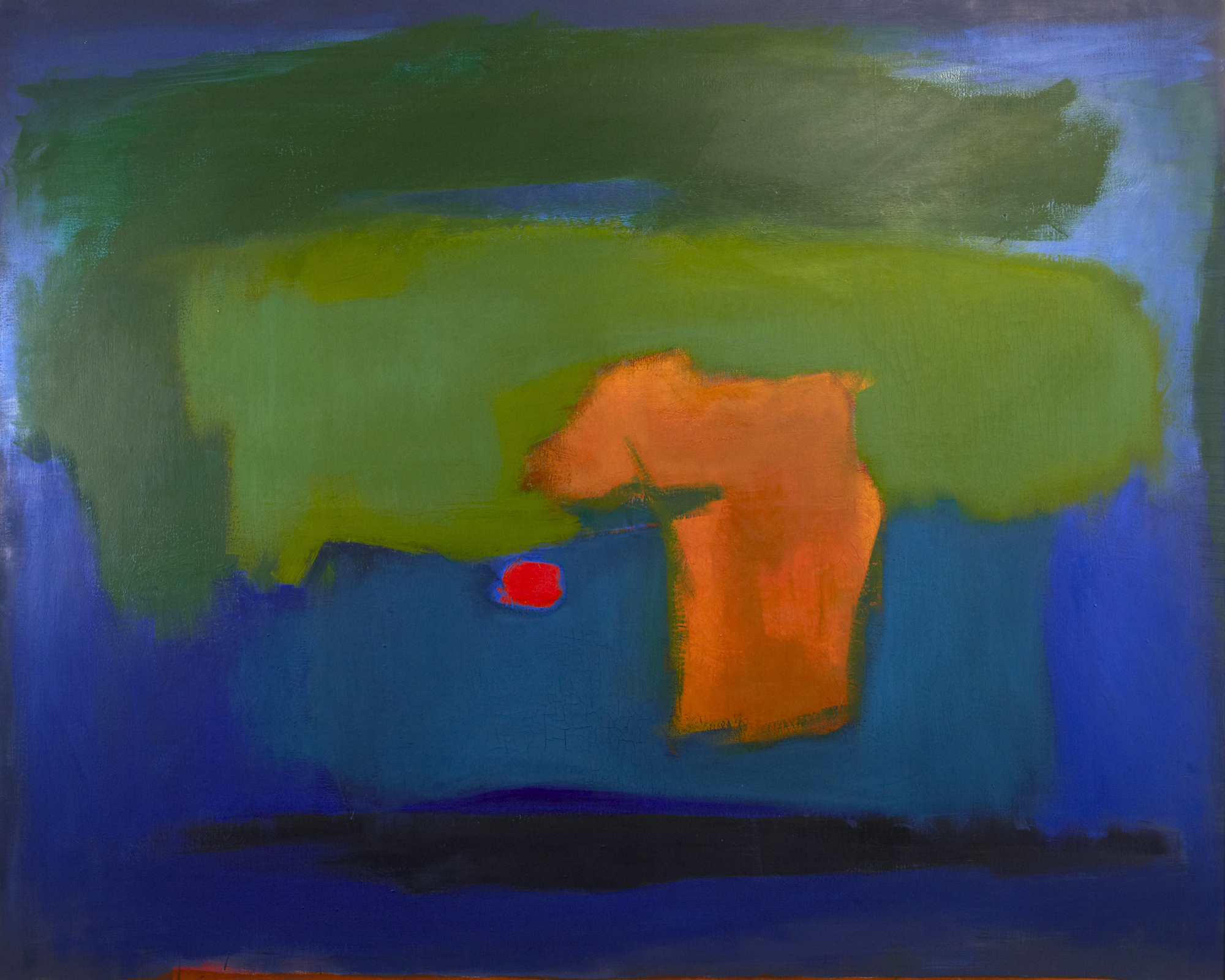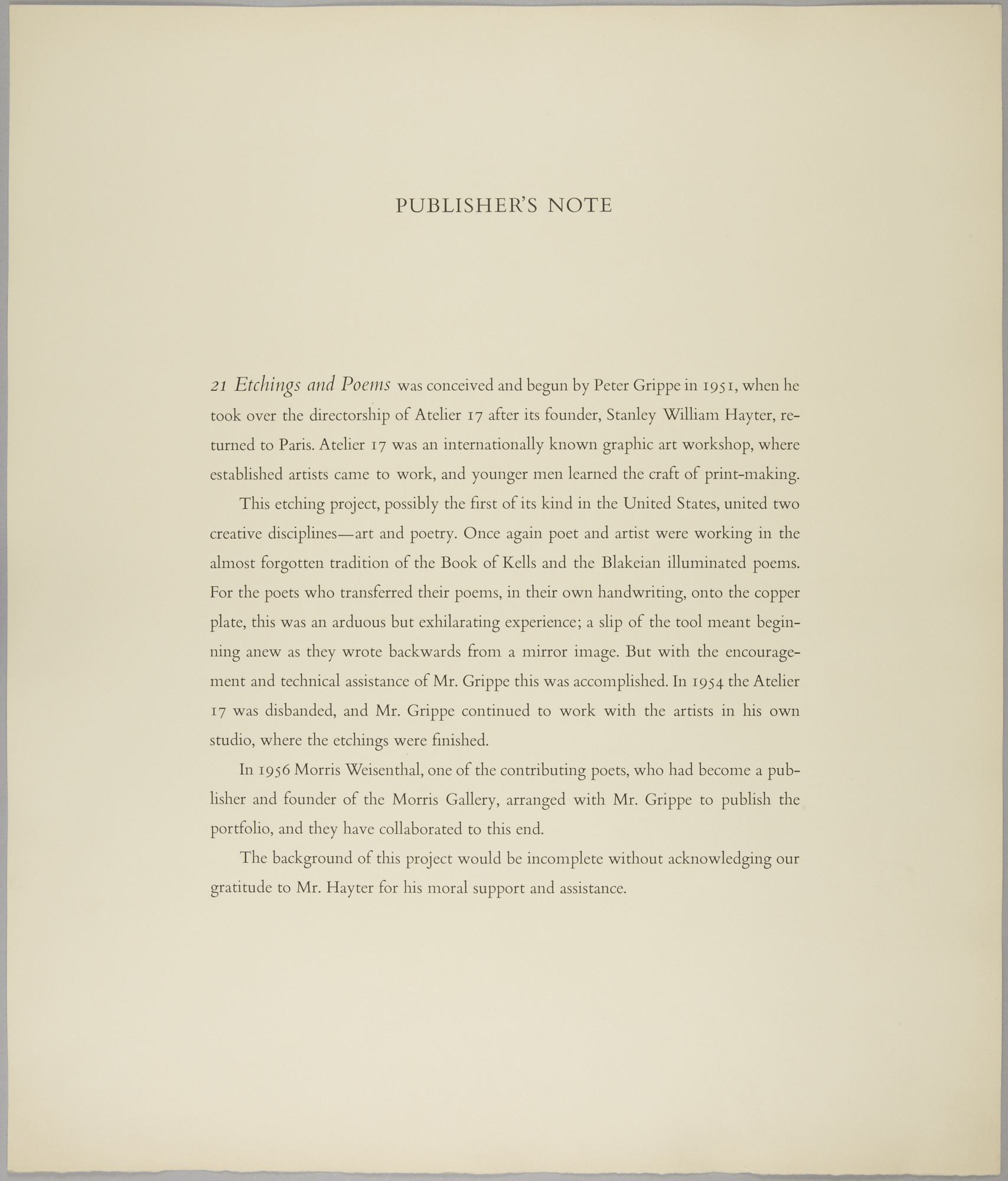Esteban Vicente
Esteban Vicente was born in 1903 in Turégano (Segovia). In 1921 he enrolled in the Escuela de Bellas Artes de San Fernando in Madrid with the intention of becoming a sculptor, but he soon decided to devote himself to painting.
His Madrid period is marked by his contact and friendship with writers and artists such as García Lorca, Juan Ramón Jiménez, Alberti, Luis Buñuel, Juan Bonafé, Bores and the Pole Wadislaw Jahl. His esthetic proposals mark him as a member of the group later classified as the "painter-poets", in that their work was the artistic counterpart of the group of poets known as the Generation of 1927. In fact, he published his first drawings in two literary reviews: Verso y Prosa and Mediodía.
n 1929 he moved to Paris where he met, among others, Picasso, Dufy and Max Ernst. He then spent a year in Barcelona, where he had several exhibitions. His painting at that time took on the tone of a light and dreamy sketch, with a melancholy, pale coloring. Nevertheless, it already showed traces of the structural rigor and deliberate lack of emphasis that would characterize his entire oeuvre.
In 1936 he travelled to New York, and after a brief period of activity in the service of the Spanish Republic, he entered fully into the artistic life of the metropolis. In 1940 he became an American citizen and then began a period of creative crisis that would lead to his encounter with Abstract Expressionism. In his dialogue with it over a period of two decades, Esteban Vicente gradually consolidated his own uniquely personal style, based on vibrant chromatic harmonies on top of vaguely geometric structures, sometimes evocative of inner landscapes. The exploration of these channels brought him the friendship of members of the New York School: Rothko, De Kooning, Pollock, Kline and Newman, in addition to the critics, Harold Rosenberg and Thomas B. Hess.
He was chosen to participate in the most significant exhibitions of the period, New Talents 1950 and 9th Street, which earned him a prominent place within the first generation of American Abstract Expressionism.
Throughout his life Esteban Vicente devoted an important part of his career to teaching at the most prestigious institutions in the United States. In this regard, special mention should be made of his work at the legendary Black Mountain School alongside Merce Cunningham and John Cage, in addition to his collaboration with the New York Studio School of Drawing, Painting and Sculpture, of which he was a founding member. In addition, he received some of the most prestigious awards given to an artist in the United States, and his works can be found in important collections and museums such as the Metropolitan Museum of Art, The Museum of Modern Art, The Whitney Museum of American Art, and The Guggenheim.
Shortly before his ninety-eighth birthday on 11 January 2001, Esteban Vicente died at his home in Bridgehampton (Long Island). In accordance with his wishes, his ashes rest in the garden of his Museo in Segovia. The work done in his last two years-he continued working until shortly before his death-was shown in the exhibition, Color is Light. Esteban Vicente 1999-2000, whose catalog contains his writing and thoughts on art.
In his last years he was given ample recognition by Spain, beginning in 1991 when His Majesty, King Juan Carlos, bestowed on him the Gold Medal of Fine Arts. In 1998 he was given the Fine Arts Award by the Junta de Castilla y León, and in the same year a large retrospective exhibition was held at the Museo Nacional Centro de Arte Reina Sofía. Finally, this Museo was inaugurated in Segovia under the sponsorship of the Diputación Provincial, whose president is the Honorable Javier V. Santamaría Herranz. In 1999, Esteban Vicente was awarded the Great Cross of the Order of Alfonso X el Sabio and a permanent room devoted to his work was inaugurated in the Museo Reina Sofía. The aforementioned events, together with his participation in important exhibitions, have at last established the figure and work of Esteban Vicente within their proper place in twentieth-century Spanish culture.
Above biography taken from












